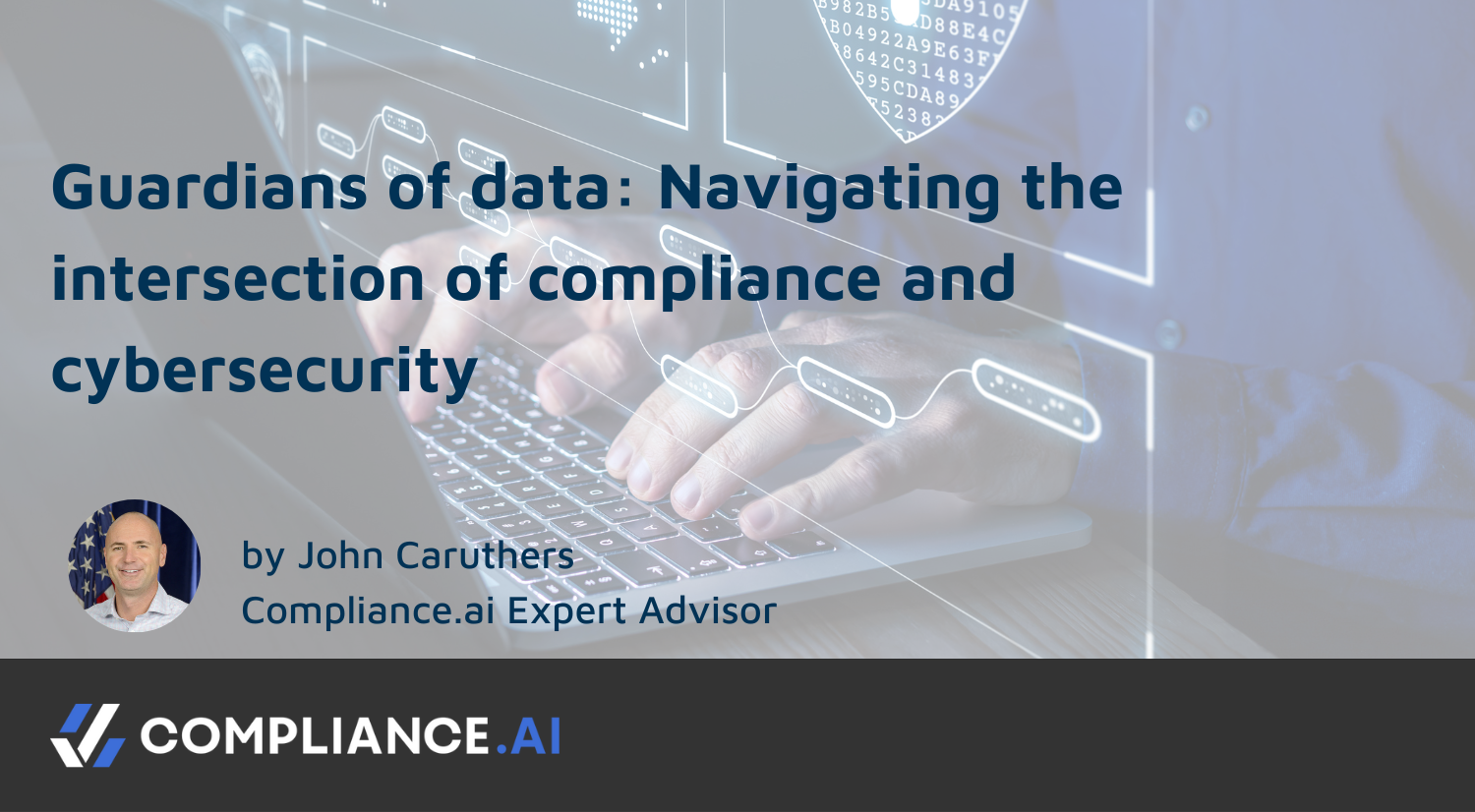Introduction
By now, we can all imagine the following scenario. In fact, many of us have lived it or know someone who has. It goes something like this (as told through the voice of my AI colleague):
Imagine, if you will, a small-town bakery owner named Sarah. She wakes up every morning, preps her cozy bakery, and bakes the most mouthwatering pastries in town. Her little shop has a loyal customer base, and her warm smile greets them daily. Sarah’s business thrives on trust, quality, and the scrumptious treats that delight her patrons’ taste buds.
One sunny morning, as Sarah prepares for the busy day ahead, she receives an email from an unknown source. It promises an unbelievable discount on bulk flour, a potential cost-saving opportunity that catches her eye. Excitement fills her as she envisions the financial relief this could bring to her bakery. Without much thought, she clicks the link, hoping to uncover a great deal.
But as quickly as that enticing link opens, so does a Pandora’s box of chaos. Unbeknownst to Sarah, the link leads her to a malicious website, where cybercriminals lurk, ready to pounce. In a matter of seconds, her bakery’s computer systems are compromised, and sensitive customer data, including payment information, is at risk.
As Sarah’s world spirals into turmoil, a timely intervention from cybersecurity experts helps contain the breach and mitigate the damage. Through this ordeal, she gains a profound understanding of how cybersecurity is not just a buzzword but a lifeline that connects her beloved bakery to the intricate web of compliance mandates.
This unsettling scenario is not uncommon in today’s digital world. The interconnectedness of our lives, businesses, and the internet means that the safety of our data is often at the mercy of cybersecurity practices. I talked about this in a 2017 TEDx talk, but I digress. What does this have to do with governance, regulations, and compliance (GRC)? As a vCISO working with myriad industries and programs, I’ve come to understand the intricate dance between cybersecurity and compliance mandates. In this blog, I aim to demystify this connection and shed light on why cybersecurity is not just a topic for experts but a matter of personal concern for everyone.
What IS the Compliance Landscape?
Before we double-click on the vital relationship between cybersecurity and compliance, let’s define what compliance means in the context of data security. Compliance involves adhering to a set of rules, regulations, and standards established by governing bodies and industry-specific organizations. These rules are not just concepts; they are safeguards designed to protect various interests, including your personal information, financial stability, and even national security.
How Does Cybersecurity Fit in this Discussion?
Let’s now talk about why cybersecurity and compliance go hand in hand. I can think of 4 ways:
- Protect Sensitive Data: Many compliance mandates, such as the Health Insurance Portability and Accountability Act (HIPAA) or the General Data Protection Regulation (GDPR), require organizations to protect sensitive data, including personal and financial information. Cybersecurity controls and measures, such as encryption, access controls, and data loss prevention, are essential for safeguarding this data from unauthorized access or breaches.
- Ensuring Data Integrity: Compliance mandates often emphasize the importance of data accuracy and integrity. Controls, including secure storage and data validation, help ensure that information is accurate and trustworthy, thereby meeting compliance requirements.
- Detecting and Responding to Threats: In today’s threatscape, cyberattacks are a constant concern. Compliance mandates frequently require organizations to have robust threat detection and incident response capabilities. Cybersecurity tools and practices, such as intrusion detection systems and incident response plans, play a key role in identifying and mitigating incidents promptly.
- Demonstrating Accountability: Compliance mandates often require organizations to demonstrate their commitment to security and accountability. Implementing cybersecurity measures and conducting security assessments and/or audits assist in proving their adherence to these regulations and demonstrate their dedication to protecting sensitive information.
Conclusion
While GRC intricacies may seem daunting, it’s clear that cybersecurity serves as the glue connecting these concepts. Whether you’re an individual concerned about your personal data or a business aiming to meet industry-specific compliance mandates, understanding the role of cybersecurity is paramount. By investing in robust cybersecurity measures and partnering with experts like me (or other vCISOs), organizations can not only achieve compliance but also mature their defenses against an ever-evolving cyber threat landscape. Remember, cybersecurity isn’t just a buzzword; it’s a shield protecting our digital world and ensuring a safer and more compliant future for us all.


